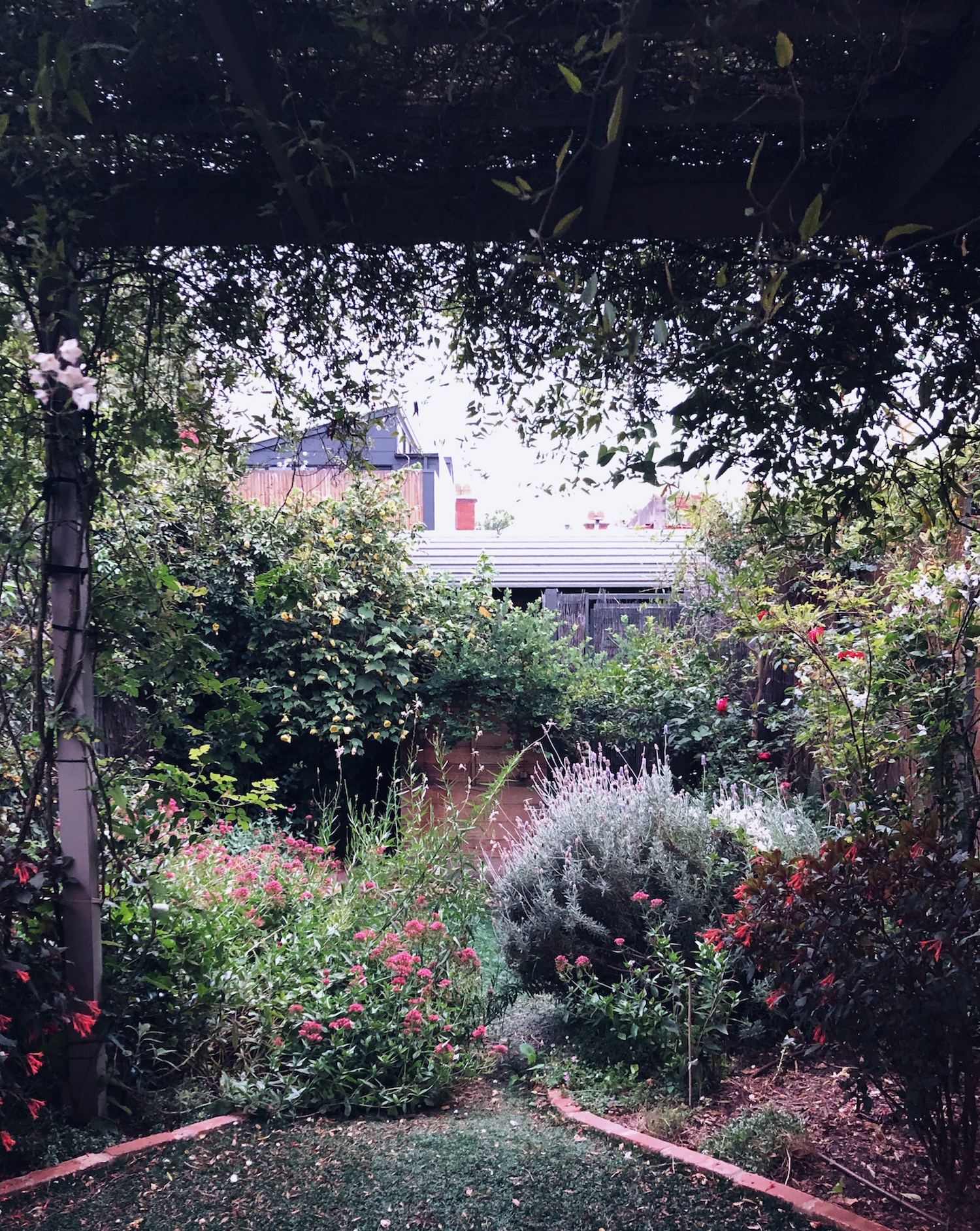
JOURNAL
documenting
&
discovering joyful things
Summer dreams
There was a moment while we were walking along the closed-off streets, and a band of teenaged buskers played Riders on the Storm across the way. We hustled from shade-patch to shade-patch, sunburn stinging our thighs despite having left the beach by ten in the morning.
Ralph’s hand was sweating in mine as he told me all about the water-soaker he’d just blown $6.95 of his pocket-money on at the pharmacy. The stream of information seemed endless: I learned all about the intricacies of high-tech material that had gone into the making of it (plastic, foam), the hydraulics that enabled it to both suck and spurt water, the additional equipment required for maximum impact (a beach, or failing that a bucket), and the extraordinarily complex battle-plan that would, no doubt, ensure him victory in the battle against his sister on the morrow.
I had a moment while we walked together and Ralph talked, my head dizzy with the heat, when it felt as though I was somewhere else, outside myself, watching our little family tableau like a movie.
I was me of 20 years ago, passively watching a middle-aged mother and her child winding in and out of beachside shops on a summer holiday. The little boy was carrying a water-soaker and chatting non-stop, almost drowning out the squeak of his flip-flops, and all the sounds merged with the chatter of a hundred other holiday-makers, shop jingles in open doors, distant waves, and Riders on the Storm which had blurred and distorted into something else by The Doors that I couldn’t quite remember.
The scene was still happening, Ralph was still talking, but the me of 20 years ago couldn’t identify with any of this. It didn’t belong to her, it was somebody else’s son and they were living somebody else’s life.
I thought, “How is this even me?” Because I’m still me of 20 years ago, every bit as much as I’m me of today, and I can’t seem to make them fit together. So different are these two women, their lives, their choices… opposite, almost. And yet I was happy 20 years ago, and I am happy today. How does that work?
We found a bakery and bought vanilla slices because vanilla slices are the best things on earth and we are on holidays and anyway, the diet starts tomorrow. The vanilla slice brought me back into my body which was bad timing, because Ralph chose that moment to open a bottle of fizzy water and it exploded all over all of us, so my body definitely felt that. On the other hand, the day was so hot that nobody minded being wet.
*. * *
I can hear cicadas in the bottle-brush trees outside. Piercing, they sing in unison, their chorus ebbing and flowing like ocean waves and never fully receding. There is sand all over the kitchen floor and flip flops strewn from one end of the room to the other, where the puppy has picked them up, one at a time, and discarded them. I know I should probably clean up but I sip water instead and open my computer to write, because these are the last days of the summer holidays, and I’m not time-travelling any more. I’m mindful - so mindful - that I’m here and now.
And in 20 more years, when I’m outside tending the apple trees on the tiny farm I hope I’ll own by then and suddenly and unexpectedly float back to the me of January 2021, I want to remember exactly what it felt like.
Lessons from the summer garden
I have been waiting for the weather to cool.
The summer’s evening we returned home from France, I stood in my little garden in the shocking humidity, and took these pictures. It was a jungle. Abundant and overgrown, some plants thriving and other plants choking, and I made plans to gently nurture it back to life. My very own Secret Garden.
I made a start, cutting back the valerian and unwinding the clematis so the other plants could breathe. There was no saving the blueberry bush, one of the hydrangeas or two of the camellias. Two out of three of the Japanese maples were looking decidedly sad.
But I still held out hope for the roses, the pomegranate, and my favourite oak-leaf hydrangea, and the honeysuckle was so healthy it had all-but swallowed the children’s cubby house whole.
But instead of making it better, I only made things worse. Clearing away the overgrown vines left my space-starved plants vulnerable when the heat came - and come it did, less than a week later, in waves of day after day with temperatures in the late 30s and early 40s, Celsius.
No amount of water can keep alive a plant that is being literally burned from the sky. One of my happily-blooming fuchsias was the first to go. At the end of one particularly long, hot day (long after dark it was still 36 degrees), every leaf had turned brown. When I cupped the leaves in my hand, they fell from the stems and crumbled to dust.
The little Jack Frost plants soon followed suit, and most of the Japanese windflowers. Soon my gardenias were looking sad, the oak-leaf hydrangea crisped at all the edges, and the leaves began dropping off the Japanese maple.
None of the border plants survived, and brown began to swallow green.
The poets of ancient Jerusalem wrote, “To everything there is a season.” (Or were they quoting Pete Seeger?) And nowhere is that more evident than in an actual garden, where the seasons govern, and human intervention can only go so far in changing or mitigating what nature intends.
One of the things I noticed about the public flower gardens in France was that in spring and summer, they were more beautiful than anything you could imagine: full of shocking, extravagant colour like a fragrant, bee-filled rainbow explosion. But when autumn came and the seed-heads drooped, gardeners cut everything back, aerated the ground, and let it rest for the cooler months. It wasn’t pretty: brown patches of earth with the odd leftover strand of sad annual eking out the last of its days.
We don’t tend to do that in Australia. We plant and tend for year-round cover, and seek colour in every season. I know I’ve tried this in my own little garden, filling those brown patches as best I can in winter so we only look out on green.
But respecting the season means working with nature, rather than fighting it.
Those plants in my garden shouldn’t have been left to smother one another but, once it was done, I should have known better than to strip things bare right when the worst of the heat was about to begin. And I had known it would begin: January and February where I live are the hottest months of the year.
But I was impatient, eager to reconnect with my home by putting my hands in the earth, and I wouldn’t wait. In many parts of Europe, brown and grey are the colours of winter. I made them the colour of Melbourne in summer, too.
Gardens teach us patience, if we will let them. To everything there is a season. There is a season for brown, and a season for colour. A season for hot, and a season for cold.
A season for abundance, and a season for rest.
My friend Brenner and I send one another voice-messages most days, little audio missives that carry with them the ambience of our respective worlds. In mine, while soaring temperatures burn everything around me and sting my eyelashes, there is a heartbreaking crunch of dry things underfoot as I walk and talk. In Brenner’s messages, sent to me from her home in tropical far-north Queensland, I hear frogs and cicadas, and the soft and ever-present sound of rain. Up there, these seasons aren’t spring-summer-autumn-winter. They are known as the wet season, and the dry.
Nature comes back.
Even my burnt plants will re-shoot leaves. And if they don’t, others will clamber over and take their place.
So I will wait. When the weather cools, I will replant but, when winter comes, I will allow my garden to rest. To lie fallow, the way nature intended. It’s ok, I will remind it, to be brown.
Come spring, I hope I can bring you a rainbow.
Holidays at home
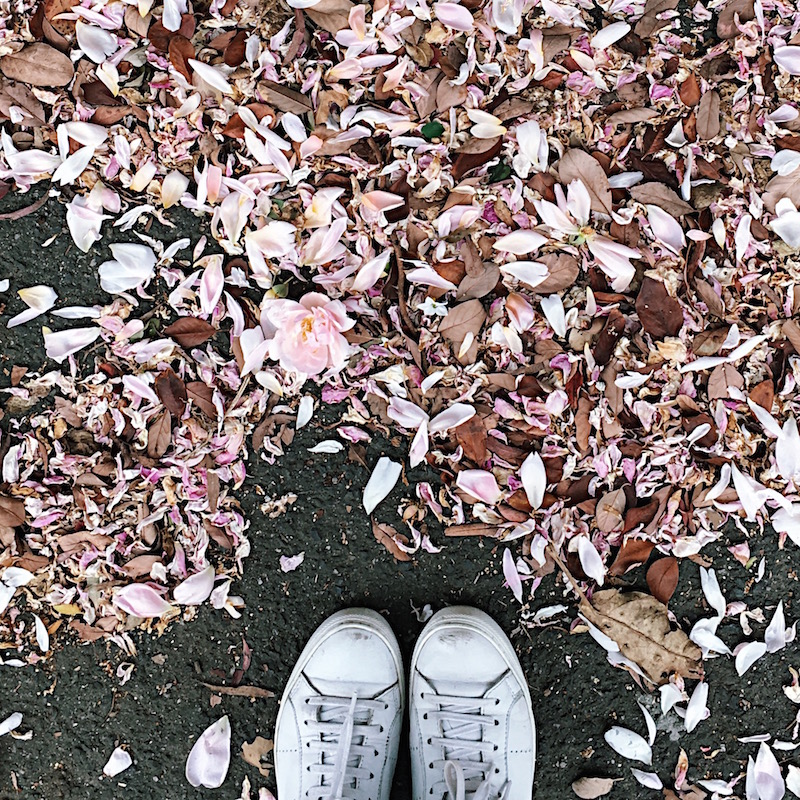
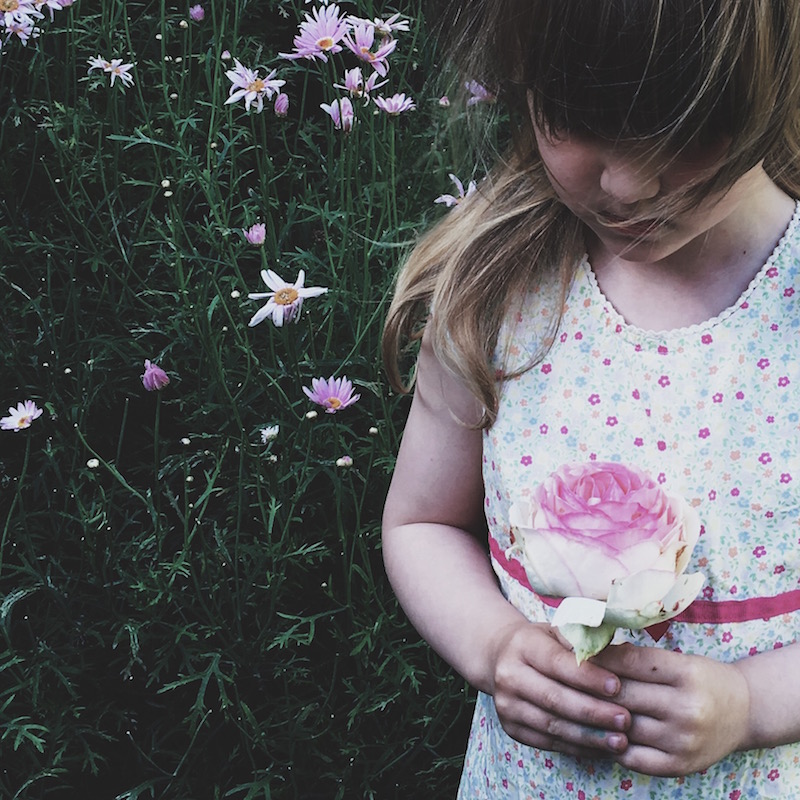
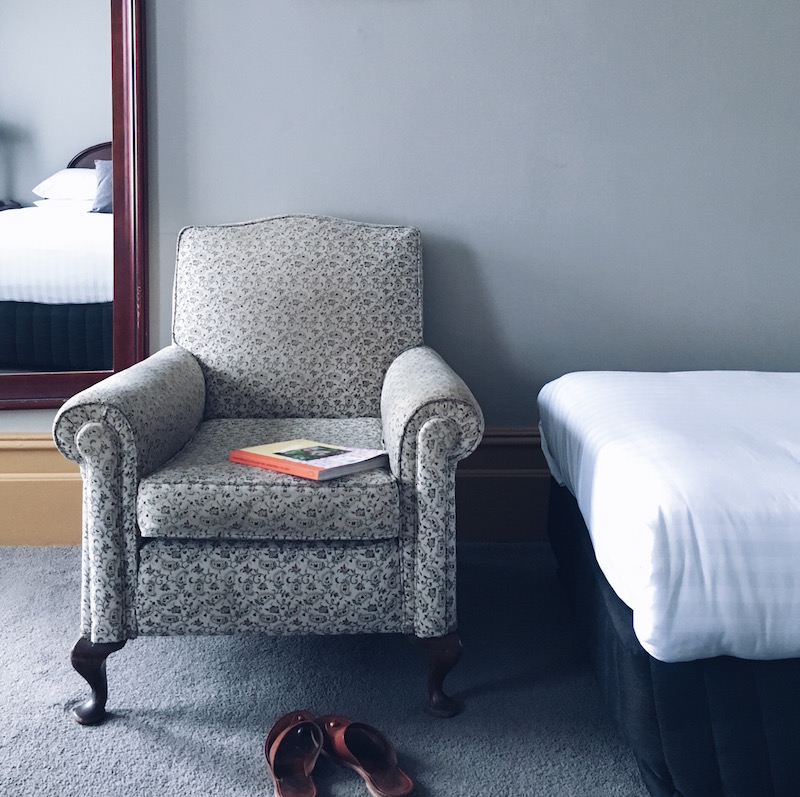
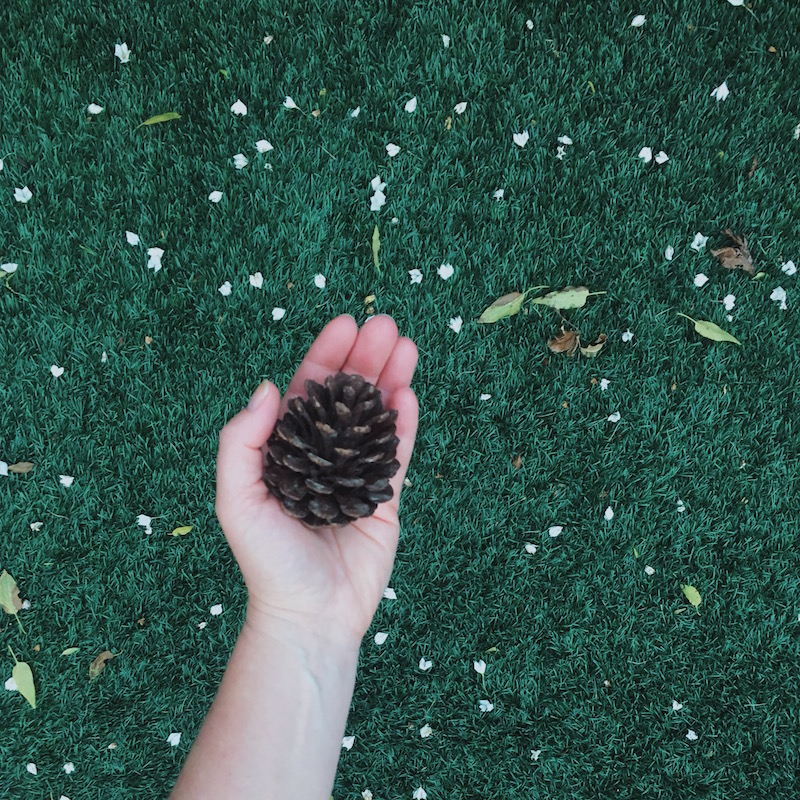
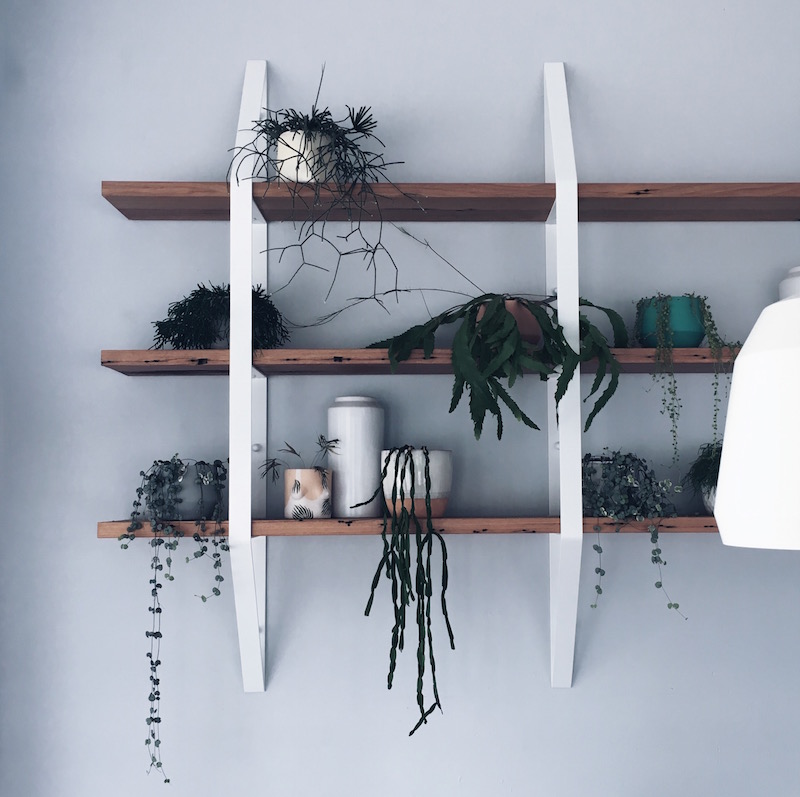
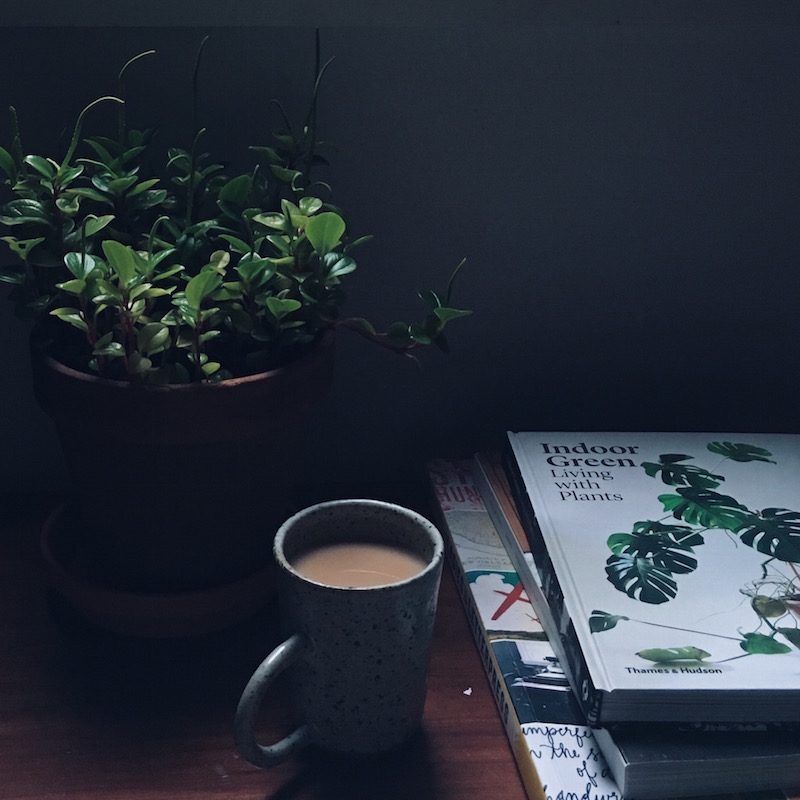
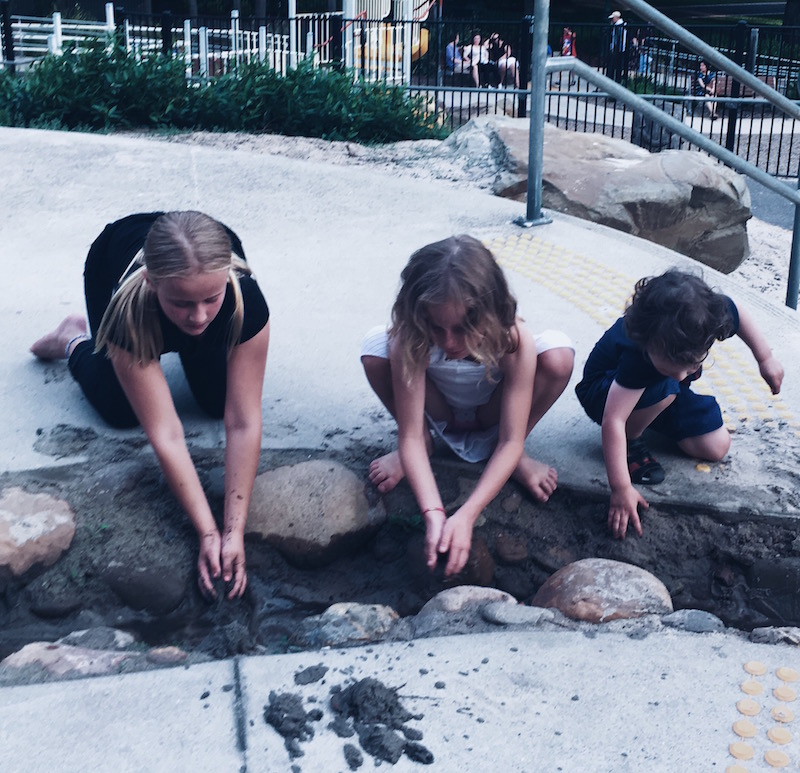

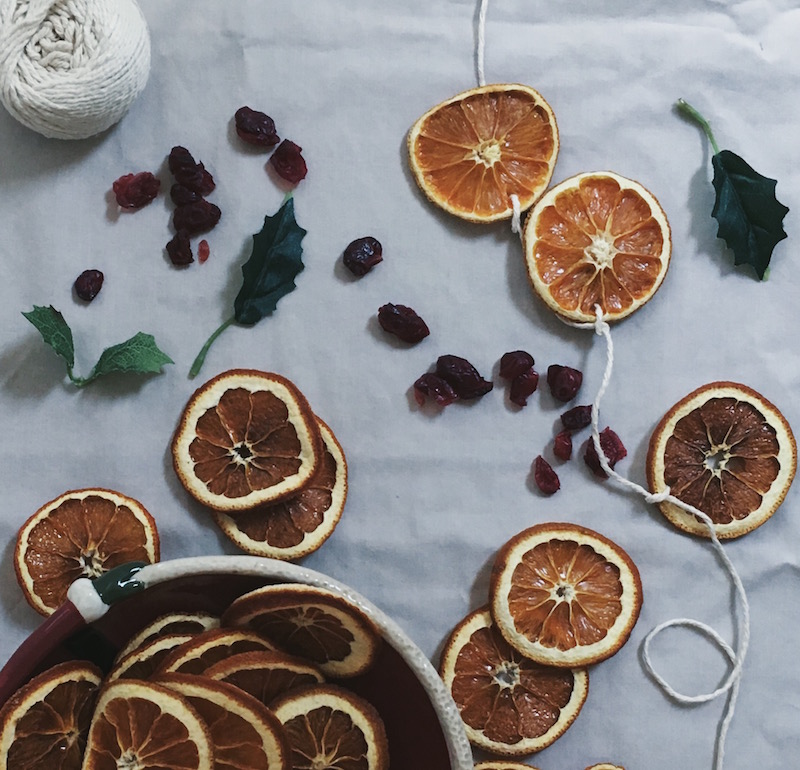
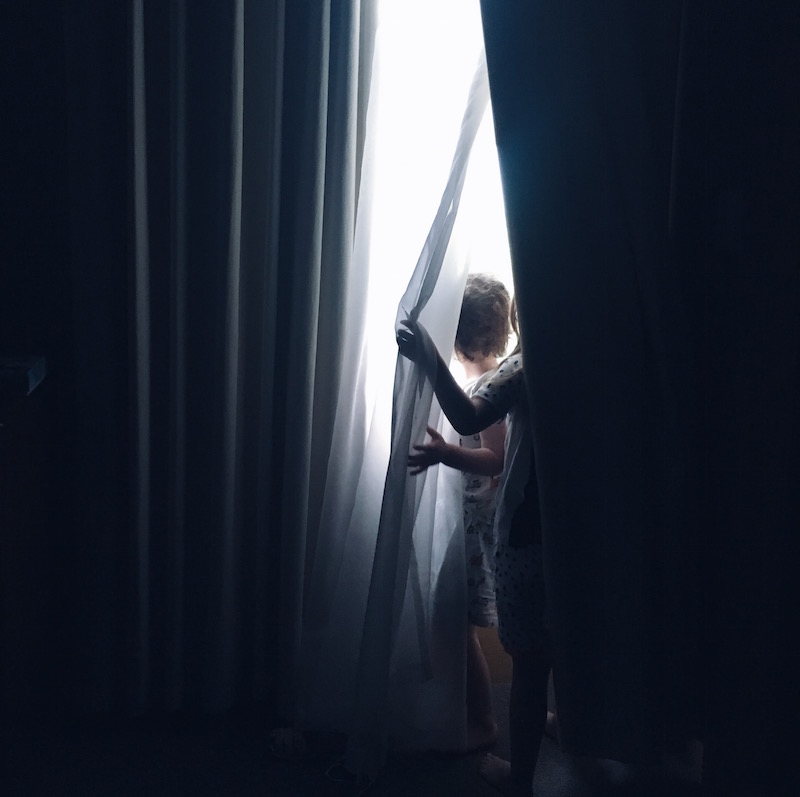
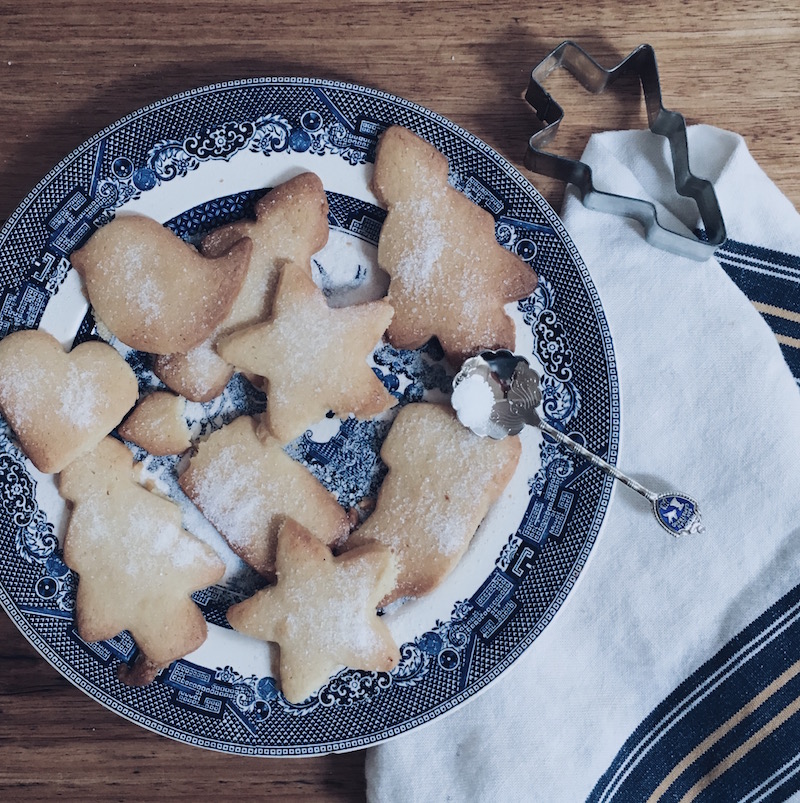
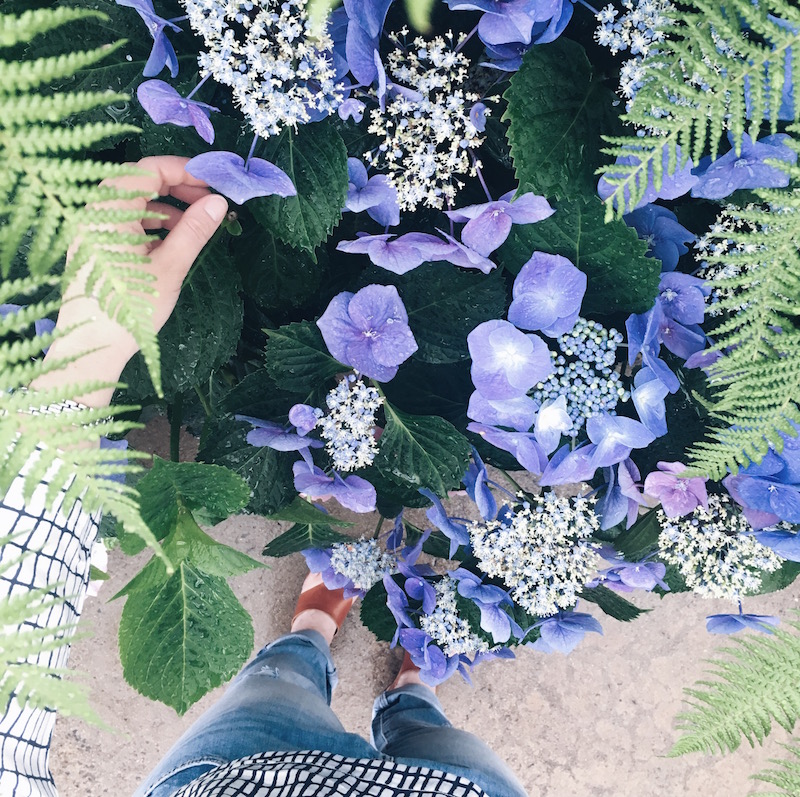
Summer holidays at home are for bare feet and late nights. For dining on ice cream instead of vegetables, watching Netflix instead of deadlines, and reading trashy novels instead of weighty text-books.
They are for heatwaves and plummeting rain and, when the rain clears, for a million petals carpeting the footpath like confetti.
Holidays are for languid afternoons and lazy nonchalance, for baking and making, for staying in pyjamas all day one day and swimming costumes all day the next. For games. New games, old games, games together and games alone, games of action and games of craft, games of imagination and games of giggles. And for at least three complaints of "I'm boooooored," issuing from among mountains of new Christmas toys.
Then, the new year.
Holidays turn to tidying bedrooms, cleaning out cupboards, making plans, and writing lists. So many lists! To-do lists, shopping lists, lists of recipes to try, lists of creative projects, gratitude lists, mailing lists. And new calendars and fresh new planners, lined notebooks full of promise, and bright new collections of art-paper, ready for rainbows.
What have you been doing lately?
Dispatch from Victoria: Maldon
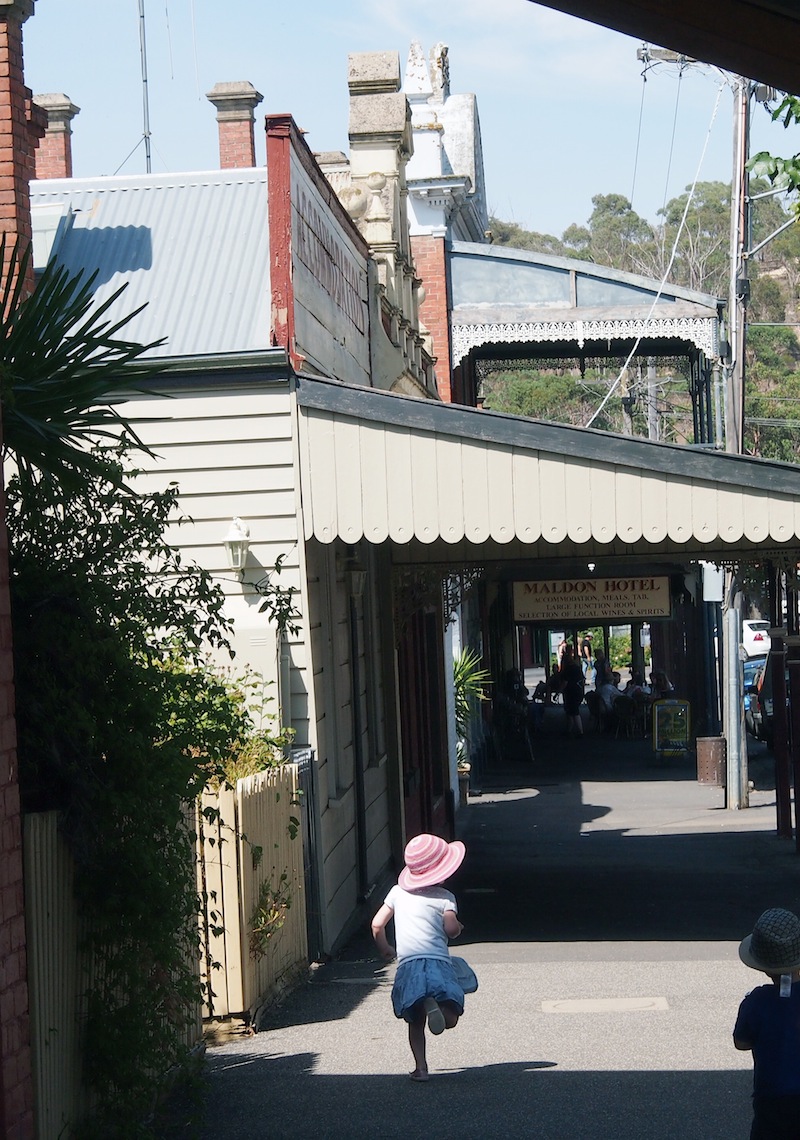 I had intended to share this post on the evening of Australia Day. That was two weeks ago, and I am only just getting to it now. Ugh so busy!
I had intended to share this post on the evening of Australia Day. That was two weeks ago, and I am only just getting to it now. Ugh so busy!
We don't really "celebrate" Australia Day in our family, only in as much as it is a day off which means we get some additional family time together, and family time is always worth celebrating... but actually celebrating Australia? Well, a date that commemorates the invasion of one peoples by another peoples probably isn't the best one to choose. I wish we had a different one. But that's another conversation.
Australia Day fell on a Tuesday this year, which was already a non-daycare day, and Mr B had a public holiday, and this meant we all had time off together. So in a completely random decision that morning, we decided to pack everyone up and head out to the country.
We ended up in Maldon, a picturesque gold-rush town in Victoria.
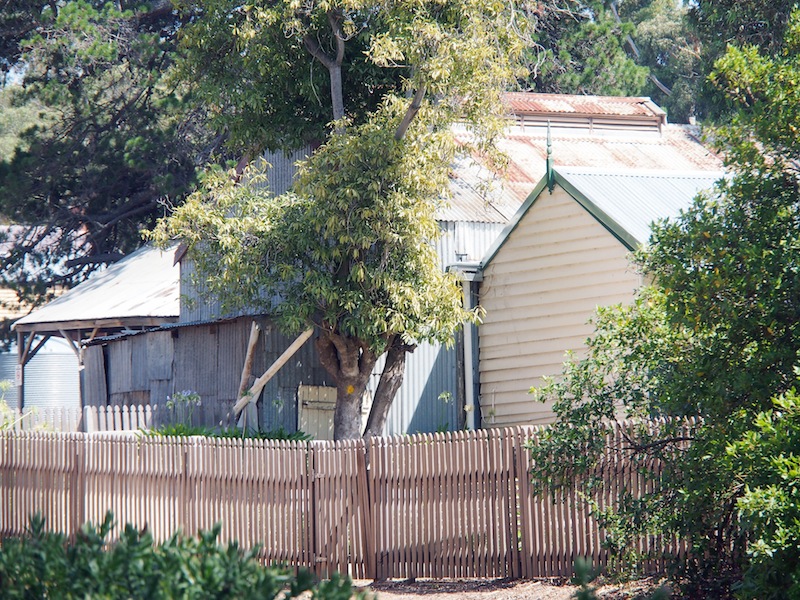
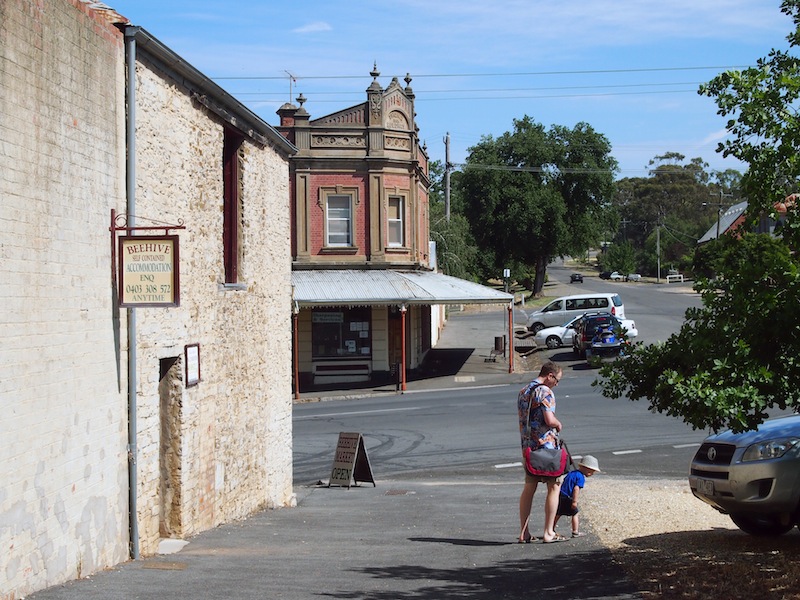
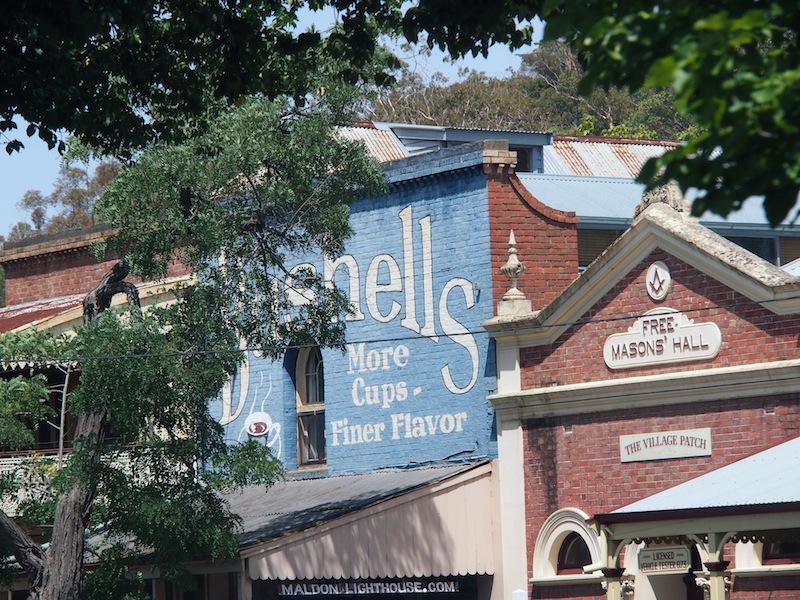
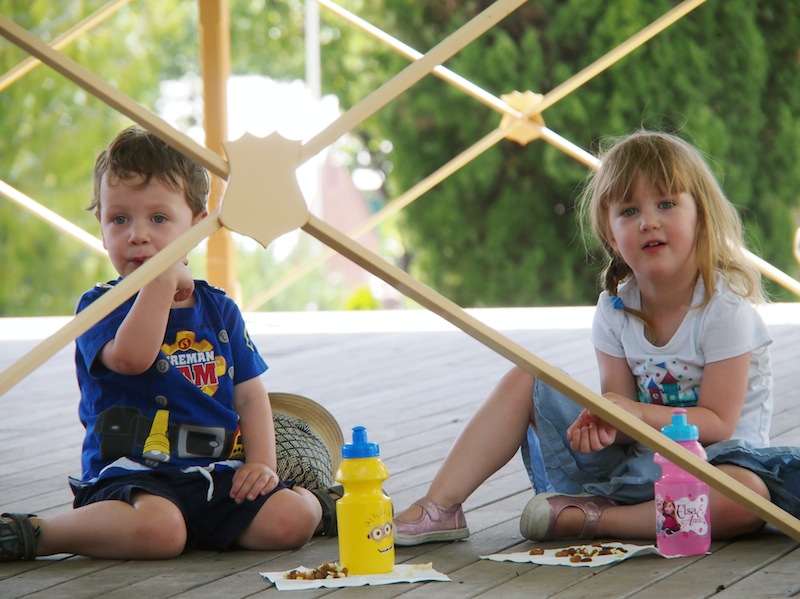
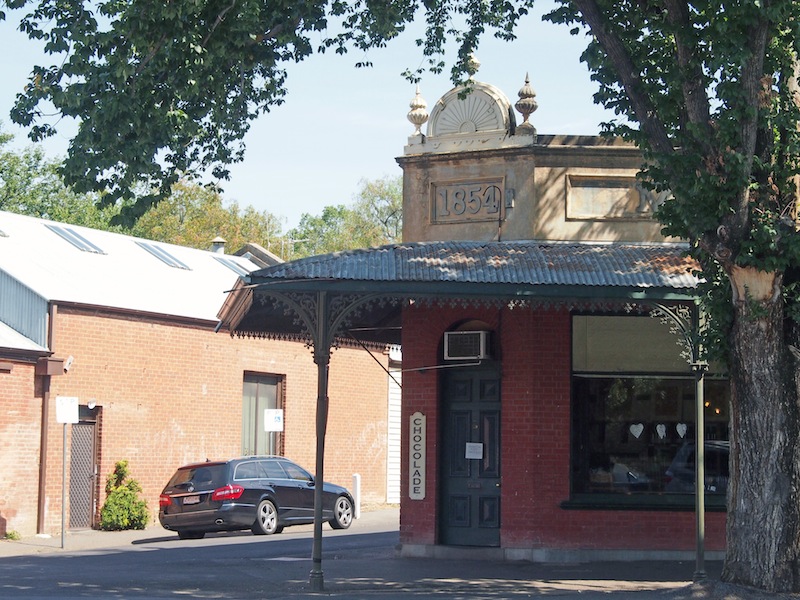
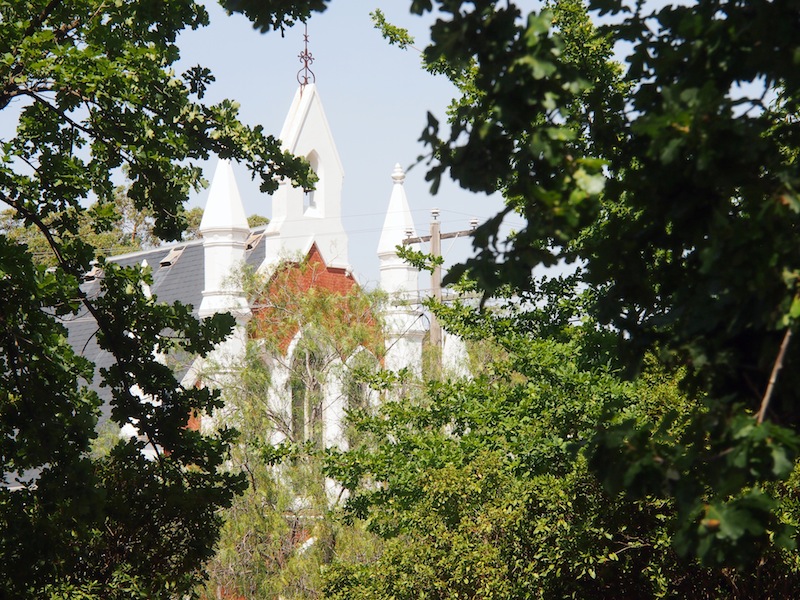
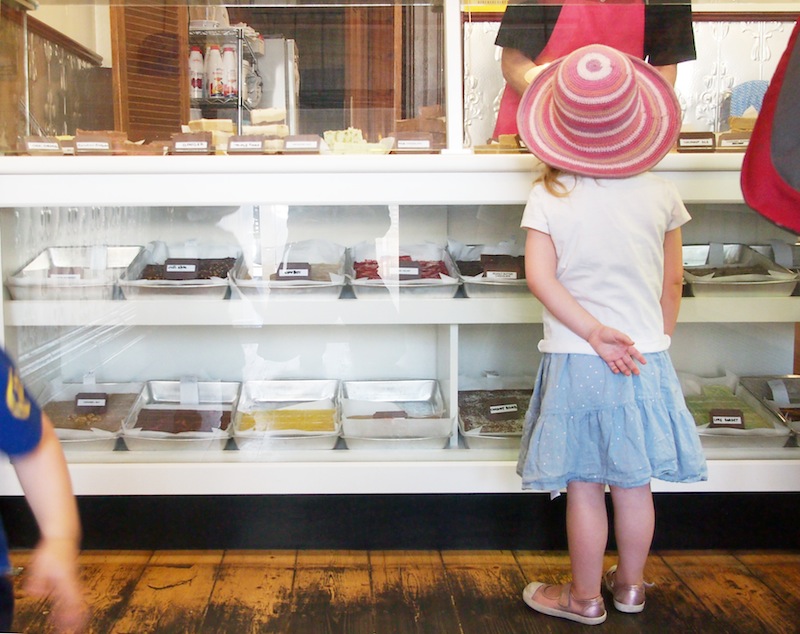
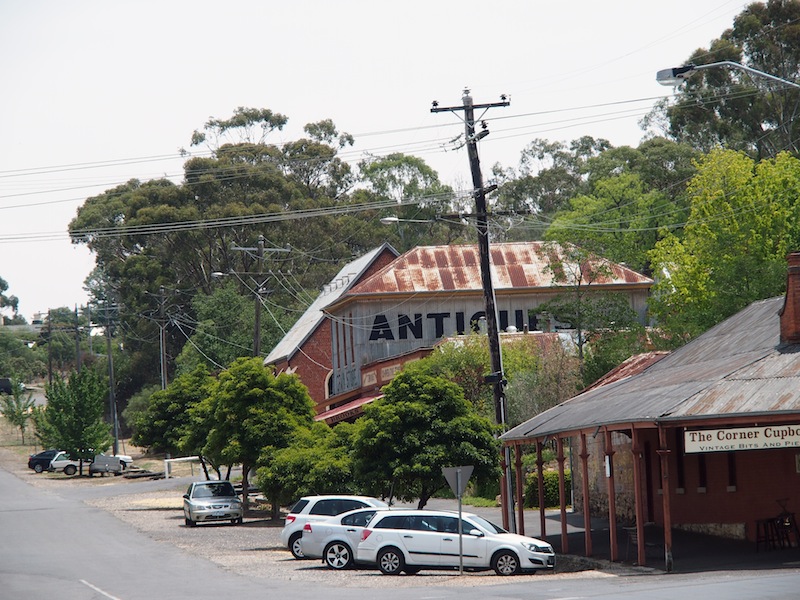
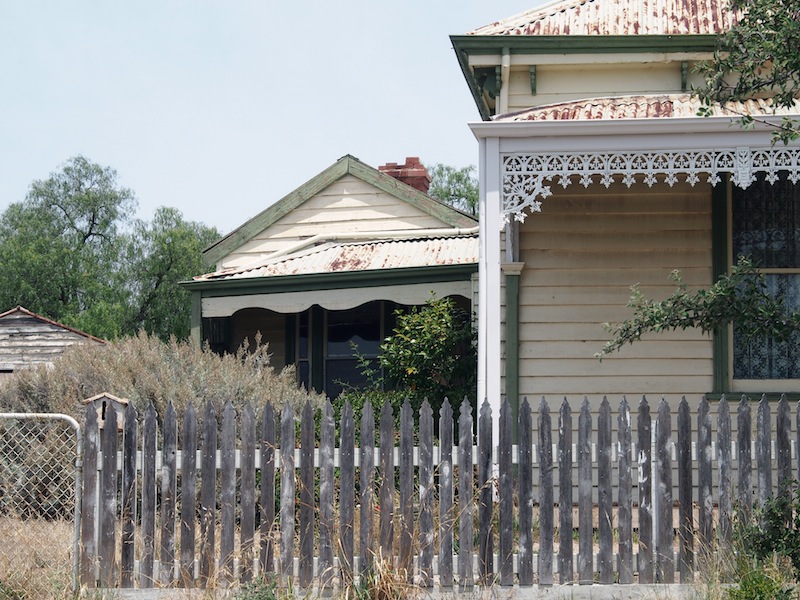
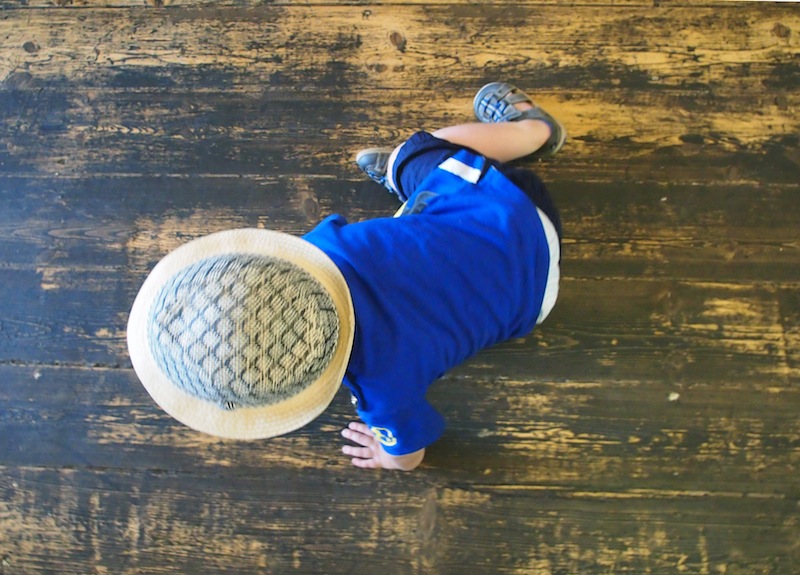

It was a pretty day, but it very soon got very hot. And maybe this is just me but whenever we visit country towns in Australia, especially in summer, I can't help thinking about all the clothes they used to wear, and life without air conditioning or refrigeration or even proper running water, and, no matter how lovely the town is to look at, I just think it must have been unbearably tough. They must have been made of sterner stuff, back then.
Not that Maldon is exactly outback or anything. The weather is relatively mild and it's not like you'd die of heat exhaustion or anything. (Once I visited a town in the outback where a new bride had come over in the boat from England but her husband was away mustering cattle or something. She lived there alone for several months and, when the husband returned, she had gone blind from the glare off the salt plains. When I was in that town listening to that story, it was 48 degrees. THAT's extreme.)
But even so, I'm just saying that even in picturesque Maldon - or picturesque Melbourne for that matter - things must have been pretty uncomfortable in the summer.
And then along we come in our air-conditioned cars and wander from shady porch to breezy garden, sip chilled wine in the old, old pub, buy gelato, and try to imagine ourselves stepping into the footprints left behind by 19th Century families.
Strange magic
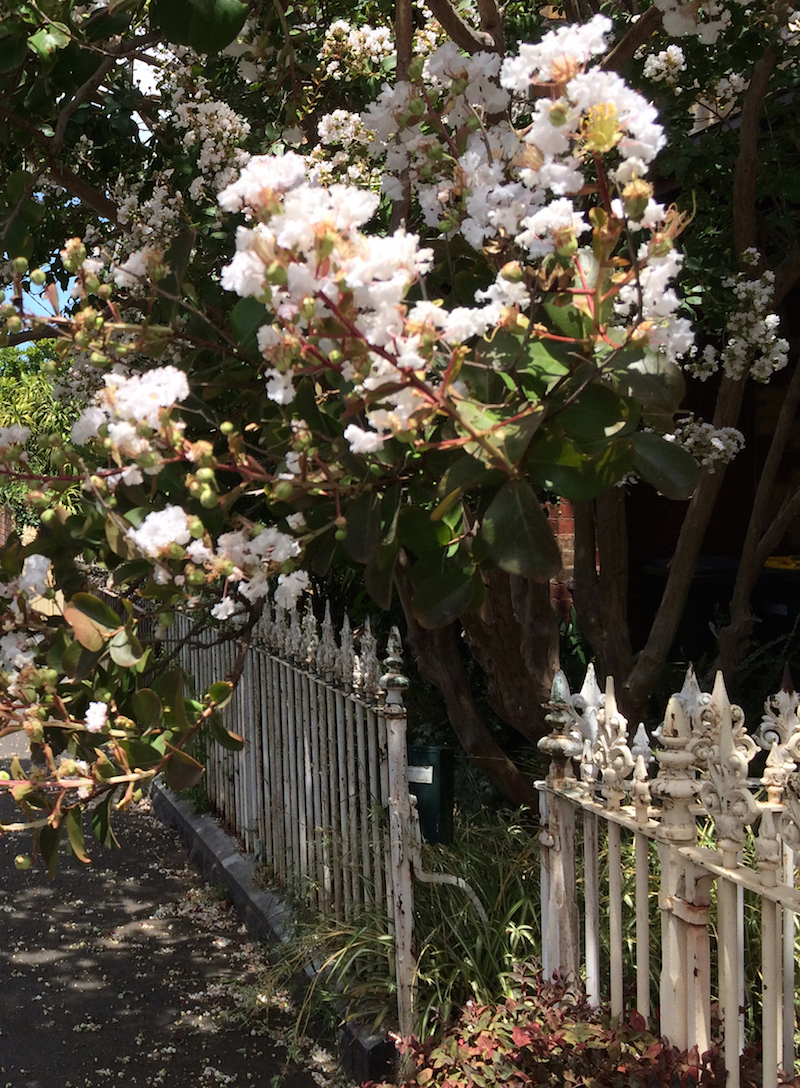 It was just a simple, one-block walk to get coffee. But today, with the sun searing the back of my neck and the light a strange kind of summer thickness, and me the only person in the whole street, it felt eerie. Hot, still, silent, and eerie. That first summer at the beginning of The Virgin Suicides kind of eerie. I walked on, past the grass and the houses and the oak trees and old wrought-iron fences and one sleeping cat, to buy my coffee.
It was just a simple, one-block walk to get coffee. But today, with the sun searing the back of my neck and the light a strange kind of summer thickness, and me the only person in the whole street, it felt eerie. Hot, still, silent, and eerie. That first summer at the beginning of The Virgin Suicides kind of eerie. I walked on, past the grass and the houses and the oak trees and old wrought-iron fences and one sleeping cat, to buy my coffee.
My footsteps, the only sound on the street.
A dry wind flirted with the oak leaves on the grass median strip, and stung my eyes until I felt the tears pool. Hot and golden and quiet, this day, and it should have been beautiful but it felt like somebody was about to discover Cecelia in the bath.
This is the point where Strange Magic by ELO starts playing in your head.
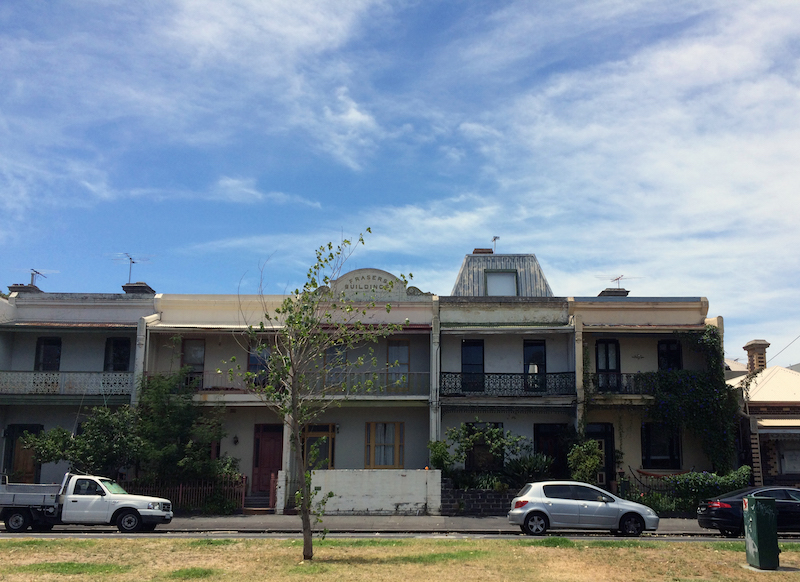
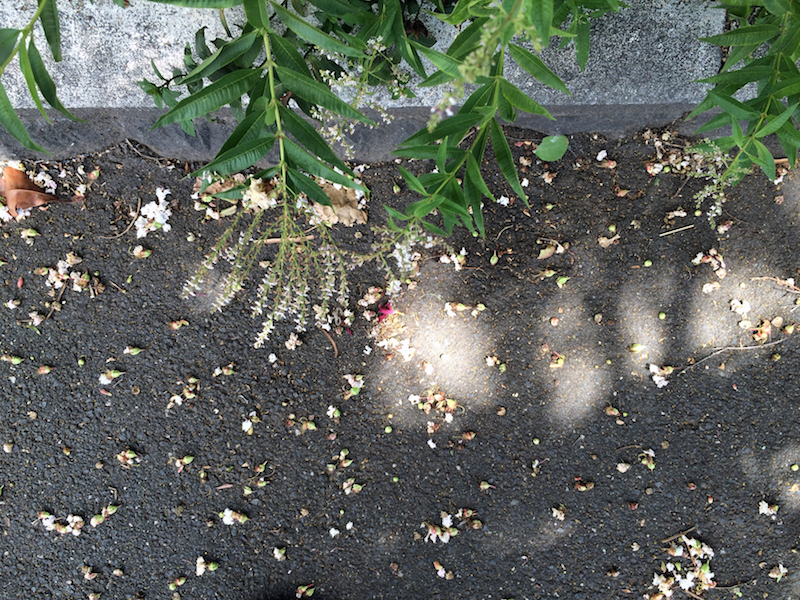
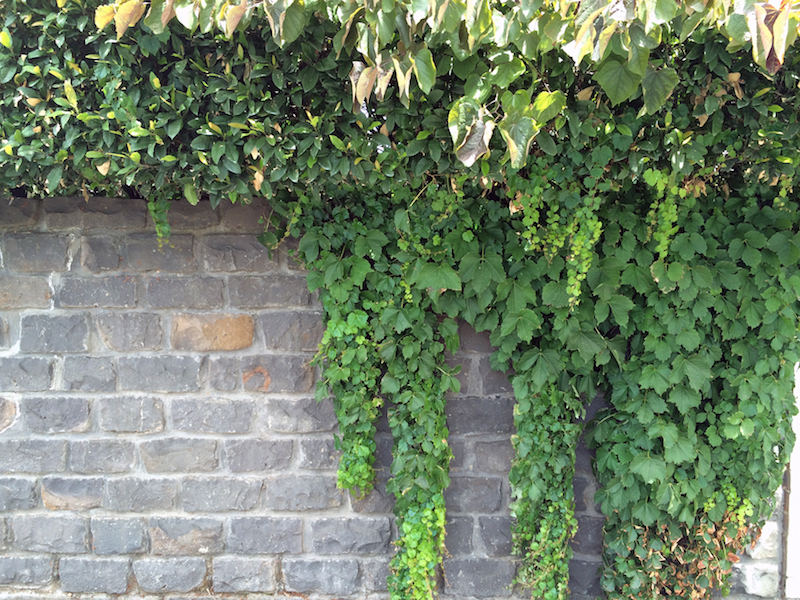
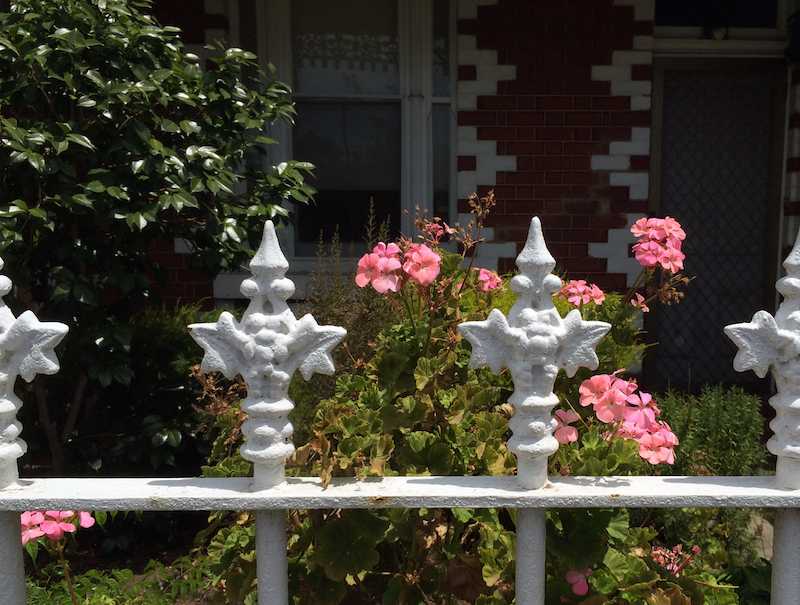
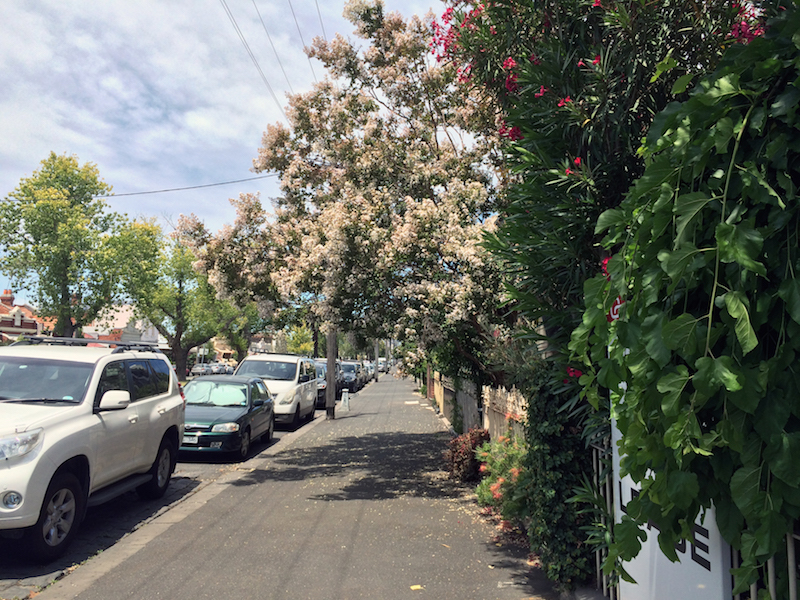
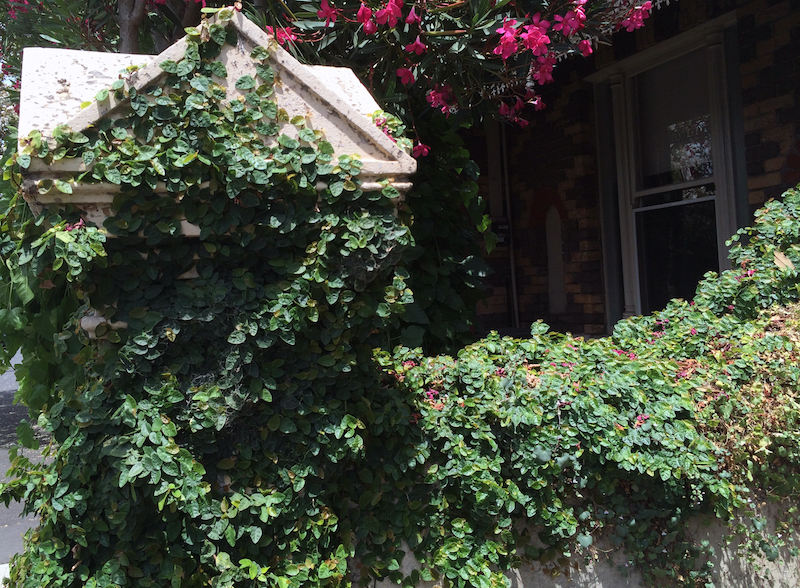
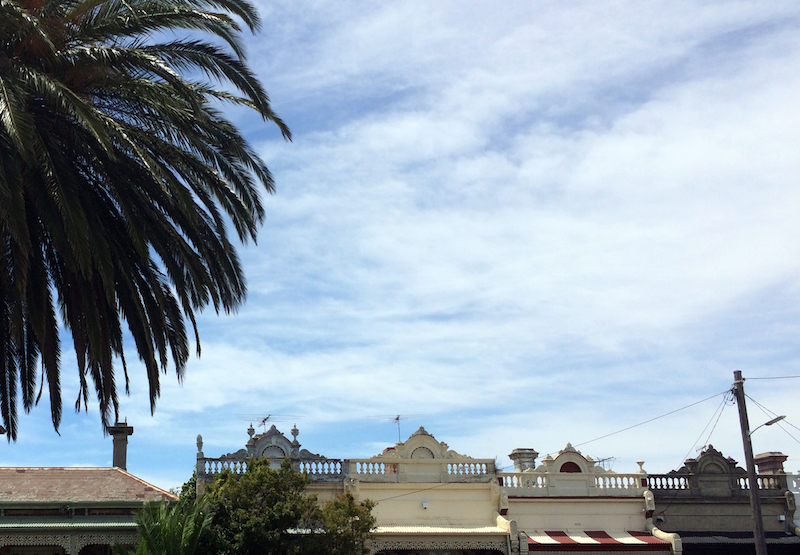
How to stay alive this summer (and all the other summers)
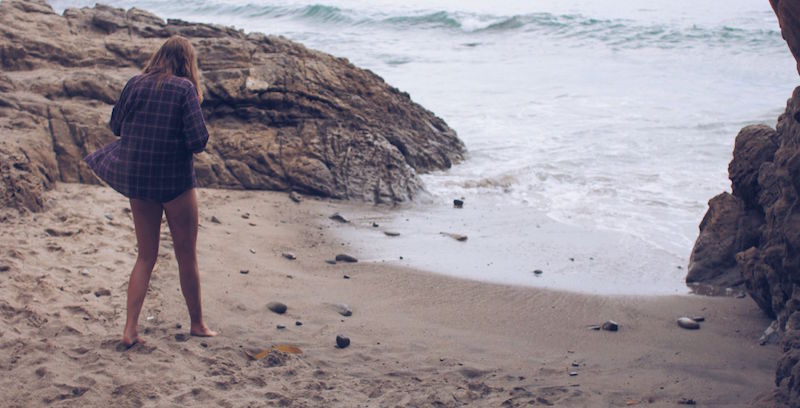 There's no getting away from it that the sun in Australia is mighty powerful, and mighty dangerous. For Australians, the sun is like some kind of god from ancient times: equally worshipped and feared (and equally benevolent and destructive).
There's no getting away from it that the sun in Australia is mighty powerful, and mighty dangerous. For Australians, the sun is like some kind of god from ancient times: equally worshipped and feared (and equally benevolent and destructive).
Have you seen the new TV ad by the Cancer Council of Victoria? The whole message is that it's not just those marathon sun-baking sessions or the unexpected "first of the season" sunburn that can cause skin-cancer; even little moments in the sun - walking the dog, rushing out to buy milk, cooking the BBQ - can add up. And your skin, the ad tells us, forgets nothing.
This is no toothless scare campaign. Australia has the highest incidence of melanoma in the world, and two in three Australians will be diagnosed with skin cancer by the age of 70. It's frightening!
My father-in-law died from melanoma. I didn't know him then, but I'm told it wasn't pretty, and the suffering was immense. Mr B and his mother and siblings lost their husband and father much too soon. Both of my parents regularly have skin-checks, and small cancers (thankfully benign) removed, and I know my own skin-future is probably not great. Throughout my childhood and teen years, I would spend all day every day outside without any kind of sun protection. "I don't burn, I tan," I'd tell people. Oh boy.
So anyway enough of the miserable stuff. The whole point of this blog post was to introduce you to a fantastic, FREE app I recently discovered: the Cancer Council of Victoria's SunSmart app. I use it every single day!
You tell the app where you are (in Australia) and it gives you advice on UV levels, in real time. The idea is that you know when to wear sunscreen, protective clothing and a hat, and to stay in the shade; and when you can be free to play in the sun and soak up some of that vital Vitamin D.
You can also create a "skin profile" (I created one for my children) by answering a couple of questions, that will tell you how much and how often to apply sunscreen. If you think you'll be out of doors quite a bit, you can turn on regular reminders to reapply sunscreen.
I use this app every day to watch the UV index rates, sending my children outside in the morning and late afternoon to get some healthy rays when I know it's safe, but bringing them in or covering them up when the UV index climbs. One thing that has been interesting for me to learn is that UV doesn't seem to necessarily correlate with clear skies, OR heat. There have been times during drizzling rain when the UV index was "extreme," and the other day it was 39 degrees but the UV was only "moderate," compared with an "extreme" rating earlier in the day when it wasn't quite so hot.
That's been an education for me and now I rely on my little app all the time. If you're concerned about sun safety this summer, I highly recommend it. For me, I feel a whole lot of peace of mind that my family can now enjoy the sun in a safety that is educated, rather than based on guesswork and estimations.
Photo credit: Cole Patrick, licensed for unlimited use under Creative Commons











